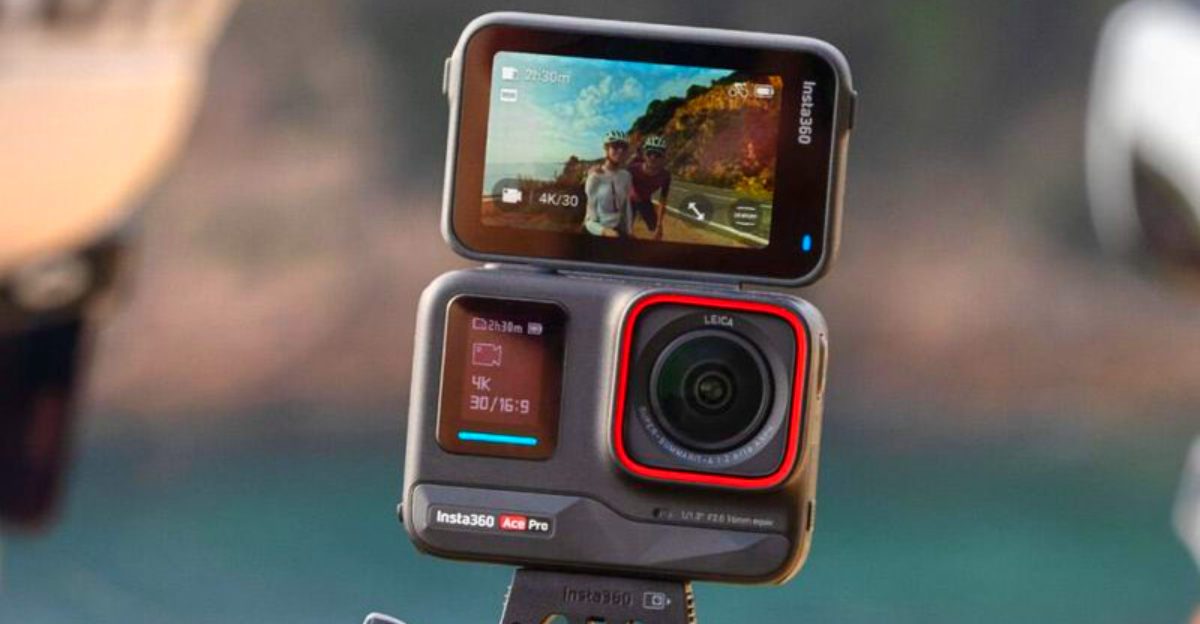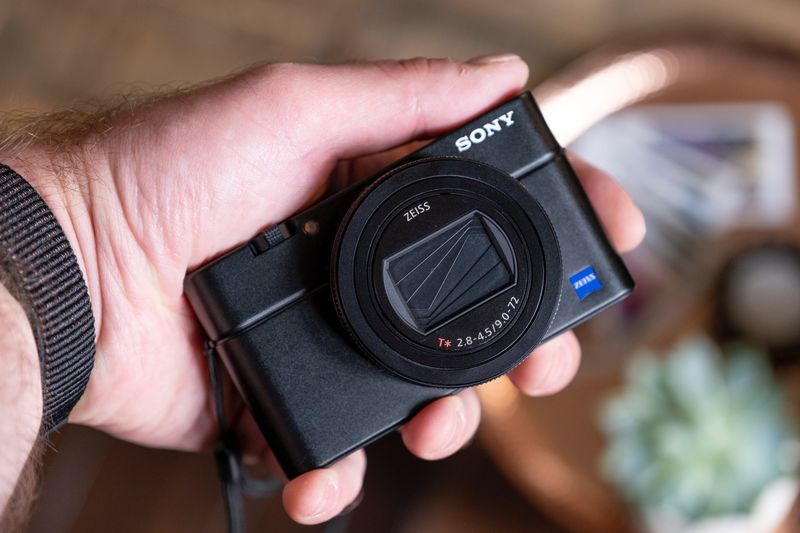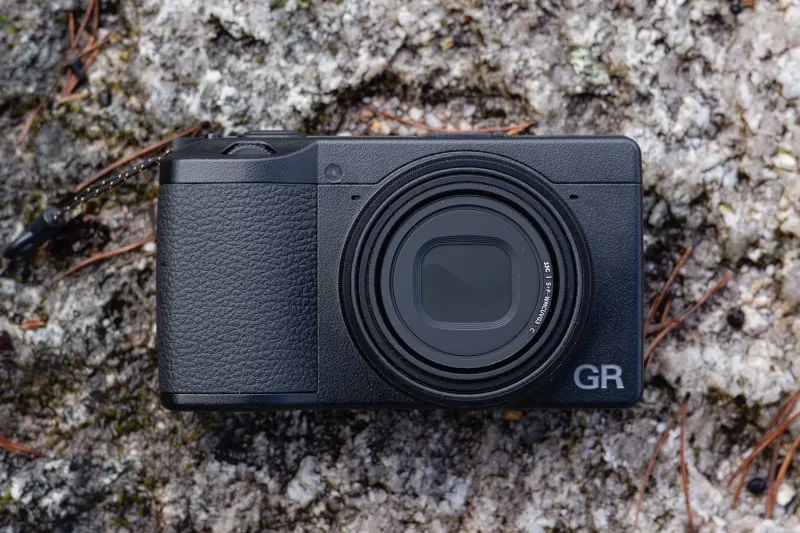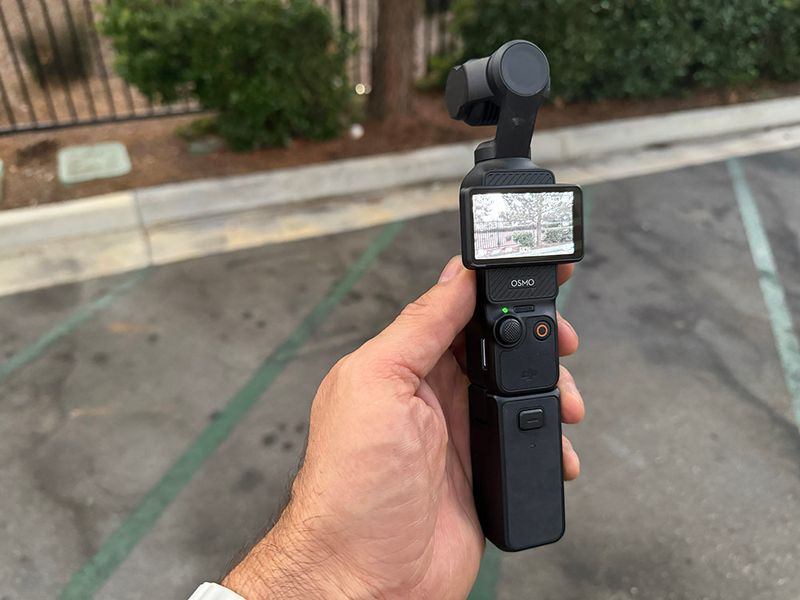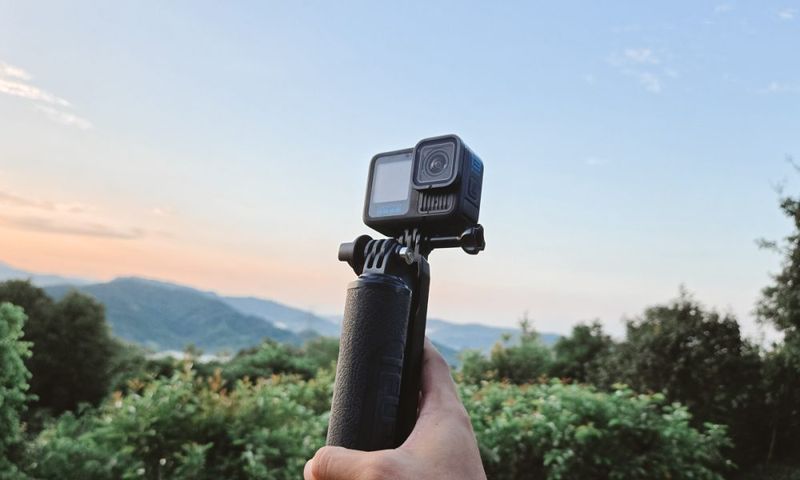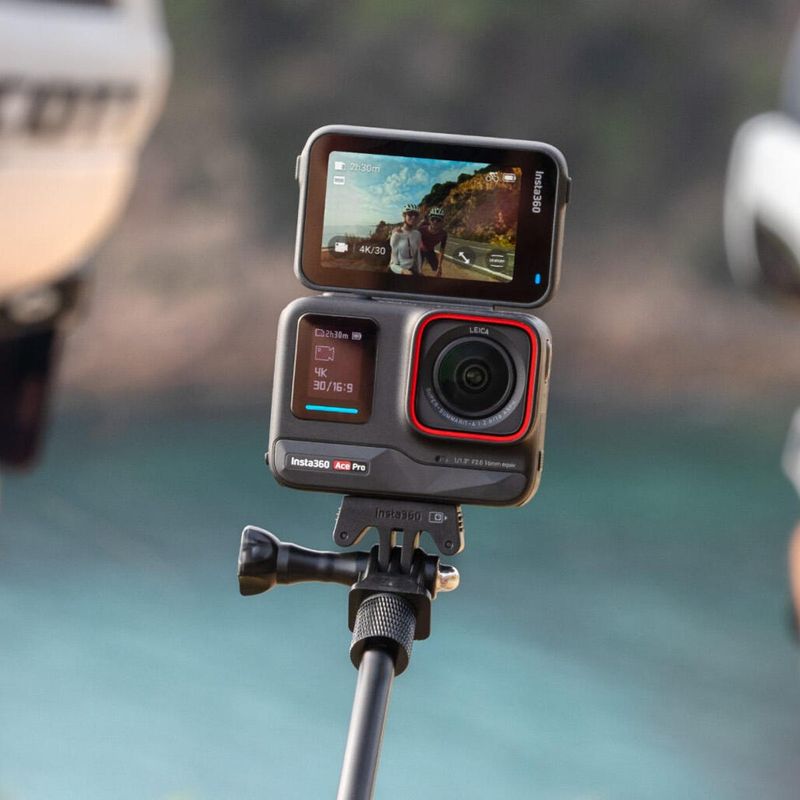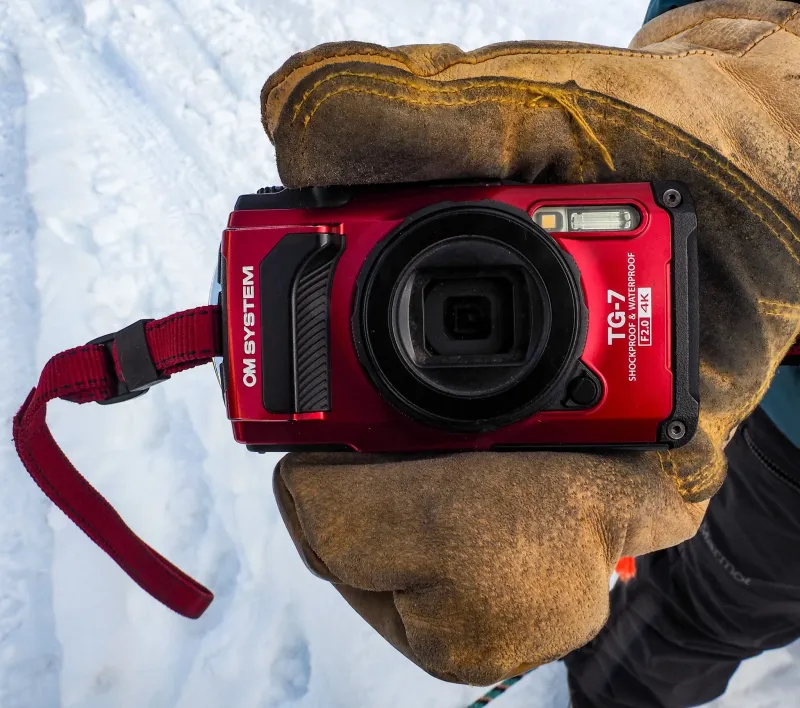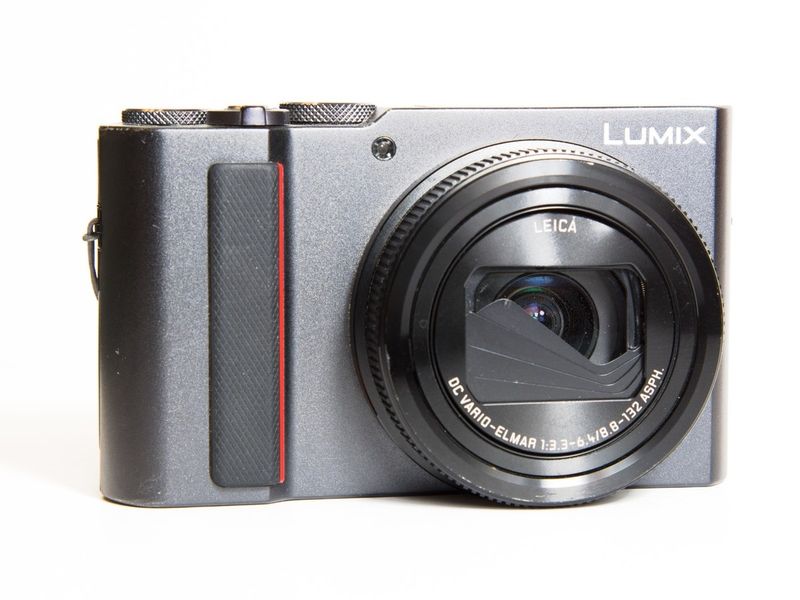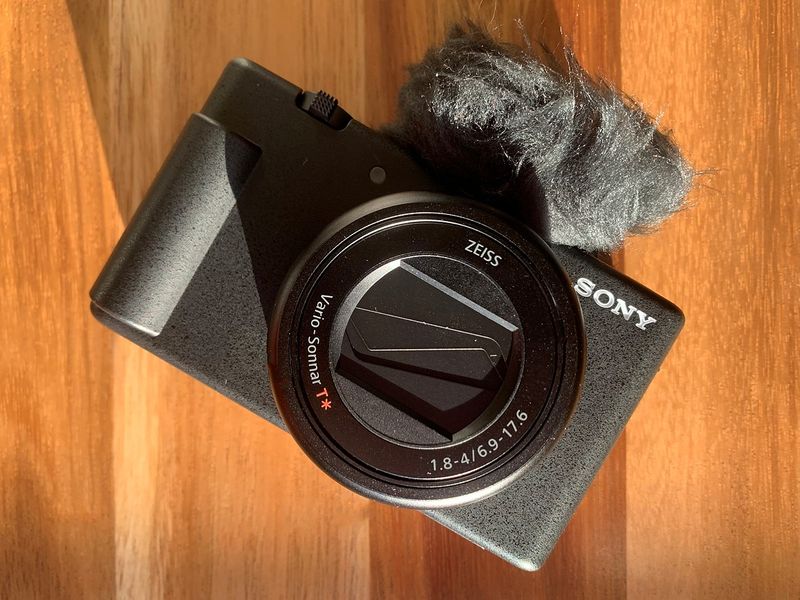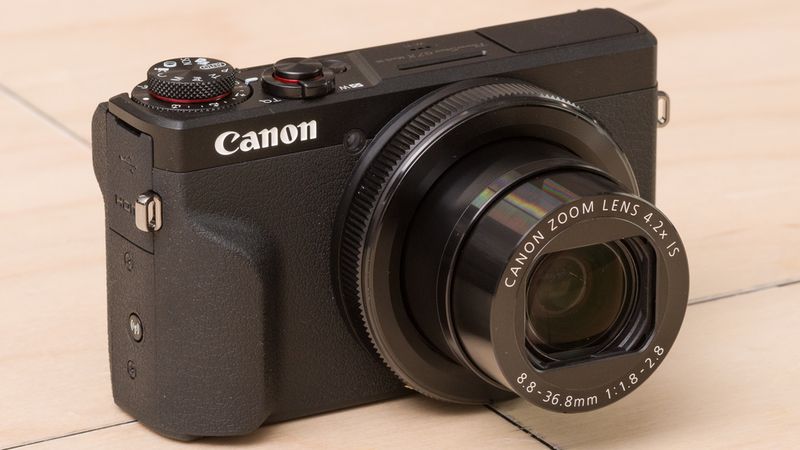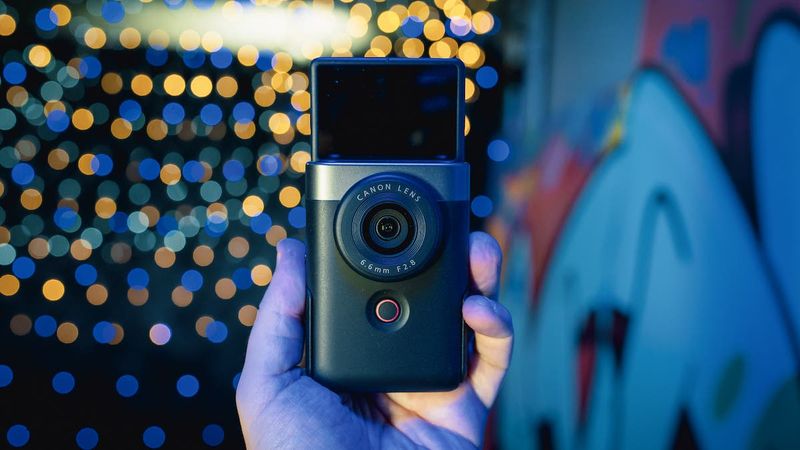November hikes bring crisp air, golden foliage, and short daylight hours that make capturing your adventure both magical and challenging. Carrying a bulky camera setup on the trail isn’t practical when you’re navigating steep switchbacks or packing light for a day trip. That’s where pocket cameras shine, small enough to slip into your jacket, yet powerful enough to freeze those fleeting sunset moments or wildlife encounters. Whether you’re vlogging your journey, snapping still photos of frost-covered leaves, or filming smooth video while trekking, the right compact camera can transform your November hike memories into stunning keepsakes.
1. Sony RX100 VII — best all-round pocket zoom
A 1-inch sensor packed into a truly pocketable body makes this camera a trail favorite. The ZEISS 24–200mm equivalent zoom lets you frame distant peaks without lugging a telephoto, while the fast autofocus locks onto moving wildlife before they vanish into the trees. Optical stabilization keeps your hand-held shots sharp even when you’re catching your breath after a steep climb.
November’s early sunsets mean you’ll often shoot in dim light. The pop-up electronic viewfinder becomes essential when glare hits your screen, and the “Handheld Twilight” mode stacks multiple exposures to reduce noise. At roughly 302 grams with battery, it disappears into your jacket until that perfect moment arrives.
2. Ricoh GR IIIx — best minimalist stills camera (street-style on the trail)
APS-C image quality in a palm-sized body sounds too good to be true, but this little powerhouse delivers. The 40mm-equivalent fixed lens forces you to move your feet, which often leads to more creative compositions of trail companions, campfire gatherings, or close-up details like dew on spiderwebs. In-body stabilization helps when light fades fast.
Weighing just 262 grams and measuring barely thicker than a deck of cards, it slips into any pocket. One trade-off: no weather sealing, so tuck it away if mist rolls in. The Snap Focus feature pre-sets distance for quick shots of moving subjects—ideal when your hiking buddy strides through a carpet of fallen leaves.
3. DJI Osmo Pocket 3 — best stabilized pocket video (and great for stills)
Imagine filming buttery-smooth walking footage without carrying a bulky gimbal rig. A 1-inch sensor sits atop a tiny 3-axis mechanical gimbal, so every step you take turns into cinema-quality video. The 2-inch screen rotates for vertical stories, making it a breeze to share your adventure on social media while still on the trail.
At coat-pocket size, this cam disappears until you need it. November’s chill means gloves, and the ActiveTrack feature lets the camera follow you hands-free while you narrate your hike at 4K/60. Stills mode is surprisingly capable too, though video is where this little wonder truly shines on leaf-covered paths.
4. GoPro Hero 13 Black — best rugged pocket cam for bad weather
Rain, sleet, or mud? This camera just shrugs it off. Waterproof to 33 feet without an extra case, it’s built for the wettest November days when other cameras stay buried in your pack. Magnetic mounting lets you clip it anywhere—backpack strap, trekking pole, or even a tree branch—for creative angles of leafy descents.
The new Burst Slo-Mo captures up to 400fps, turning a simple jump over a puddle into dramatic footage. At 159 grams with battery, it’s barely noticeable in your pocket. Class-leading stabilization keeps footage smooth on rocky terrain. Cold drains batteries fast, so tuck a spare Enduro cell in your inner jacket pocket where body heat keeps it ready.
5. Insta360 Ace Pro — best small cam for low-light action + flip screen framing
A sensor larger than most action cams means better quality when November light gets scarce. The flip screen solves the age-old problem of framing yourself at scenic overlooks—no more guessing if you’re actually in the shot or accidentally filming your shoes. At roughly 180 grams and pocket-sized dimensions, it won’t weigh you down.
PureVideo and dedicated low-light modes let you capture campfire stories without hauling extra lighting gear. Shooting at 8K/24fps gives you room to crop and stabilize in post without losing detail. When dusk arrives early and you’re still an hour from the trailhead, this camera keeps working while others struggle with noise and blur.
6. OM System Tough TG-7 — best true “throw-it-in-a-wet-pocket” camera
Drop it in slush, rinse it in a creek, keep shooting—this camera lives for punishment. Waterproof to 50 feet, freezeproof to 14°F, and shockproof from 7-foot drops, it’s the only camera on this list you can truly abuse. Built-in GPS and field sensors log your exact trail location for every shot.
Macro modes reveal hidden worlds: frost crystals on pine needles, intricate fungi patterns, or lichen textures invisible to the naked eye. At 249 grams including battery, it’s light enough for all-day carry. Pro Capture mode starts recording before you fully press the shutter, so you never miss that leaf spinning through the air or ice shattering underfoot on a frozen puddle.
7. Panasonic Lumix ZS200 / TZ200 — best pocket long-zoom for vistas
Compressing distant ridgelines into layered masterpieces requires serious reach. The 24–360mm equivalent zoom pulls far-off peaks and wildlife close without adding telephoto bulk to your pack. A 1-inch sensor keeps image quality high even when you’re zoomed all the way out, and at 340 grams it still qualifies as pocket-sized—barely.
November vistas often feature dramatic cloud layers and distant wildlife. At the long end of the zoom, camera shake becomes your enemy. Brace against a tree, rest the camera on a rock, or use your trekking poles as a makeshift support to keep shutter speeds fast. The extra reach lets you capture compositions other pocket cameras simply can’t frame.
8. Sony ZV-1 II — best pocket video/stills hybrid for creators
Built specifically for creators who talk to the camera, this ultra-compact gem features an 18–50mm equivalent zoom that’s perfect for arm’s-length framing at overlooks. Sony’s reliable autofocus keeps your face sharp even when you’re moving or the background is busy with swaying branches. The flip screen lets you monitor yourself without guessing.
At the wider end, you can handhold slower shutter speeds during November’s brief blue hour, capturing both yourself and the fading twilight behind you. The 1-inch sensor and bright f/1.8 aperture at wide settings gather plenty of light. It’s truly pocket-sized, so you can hike all day and still have energy to film your summit celebration without feeling like you’re carrying extra weight.
9. Canon PowerShot G7 X Mark III — best “budget-friendly” pocketable all-rounder
Sometimes the best camera is the one that doesn’t break the bank but still delivers. This proven compact packs a 1-inch sensor and fast 24–100mm lens into a truly pocket-friendly size, and frequent discounts make it easier on your wallet than newer models. It’s been a trail favorite for years because it simply works.
The built-in ND filter system (accessed through scene modes) lets you slow down shutter speeds for silky waterfall and stream effects—perfect for November’s rain-swollen creeks. Touchscreen controls are intuitive even with light gloves, and the compact build means it won’t pull your jacket pocket down. For hikers who want quality without spending flagship money, this remains a smart choice that delivers consistently good results.
10. Canon PowerShot V10 — simplest pocket vlogging brick for casual trail clips
Shaped like a tiny brick with a built-in stand, this featherweight camera exists for one purpose: effortless casual clips. At just 211 grams and barely bigger than a deck of cards standing on end, it’s the ultimate “just in case” camera that you’ll actually carry because you forget it’s even there. The built-in stand means hands-free camp updates without rigging tripods.
Trade-offs? It’s happiest in good light, so save it for bright trail hours rather than dusk shooting. Bring a tiny clip light if you want to record tent storytelling after dark. For hikers who want simple, no-fuss video diaries without menus or manual settings, this little brick delivers exactly what it promises: easy trail content you’ll actually capture instead of wishing you had.
